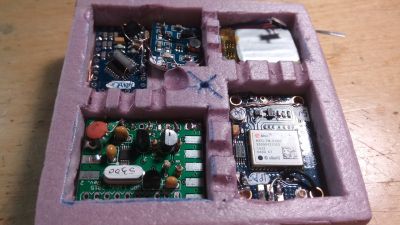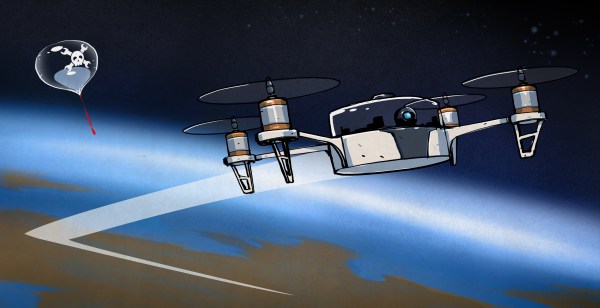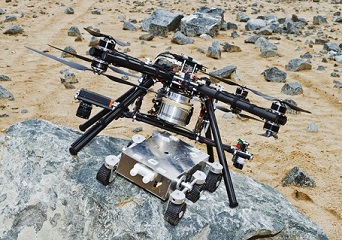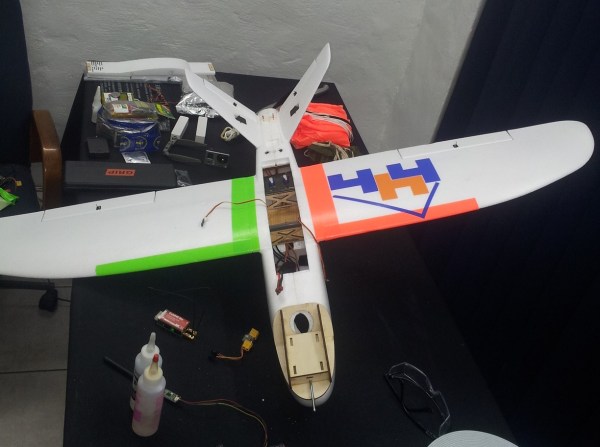From its roots in phone phreaking to the crackdowns and legal precedents that drove hacking mostly underground (or into business), hacker culture in the United States has seen a lot over the last three decades. Perhaps the biggest standout is the L0pht, a visible 1990s US hackerspace that engaged in open disclosure and was, arguably, the last of the publicly influential US hacker groups.
The details of the American hacker scene were well covered in my article yesterday. It ended on a bit of a down note. The L0pht is long gone, and no other groups that I know of have matched their mix of social responsibility and public visibility. This is a shame because a lot of hacker-relevant issues are getting decided in the USA right now, and largely without our input.
Chaos Computer Club
But let’s turn away from the USA and catch up with Germany. In the early 1980s, in Germany as in America, there were many local computer clubs that were not much more than a monthly evening in a cafeteria or a science museum or (as was the case with the CCC) a newspaper office. Early computer enthusiasts traded know-how, and software, for free. At least in America, nothing was more formally arranged than was necessary to secure a meeting space: we all knew when to show up, so what more needed to be done?
Things are a little different in the German soul. Peer inside and you’ll find the “Vereinsmentalität” — a “club-mentality”. Most any hobby or sport that you can do in Germany has an associated club that you can join. Winter biathlon, bee-keeping, watercolor painting, or hacking: when Germans do fun stuff, they like to get organized and do fun stuff together.
Continue reading “Hackers And Heroes: Rise Of The CCC And Hackerspaces”




















